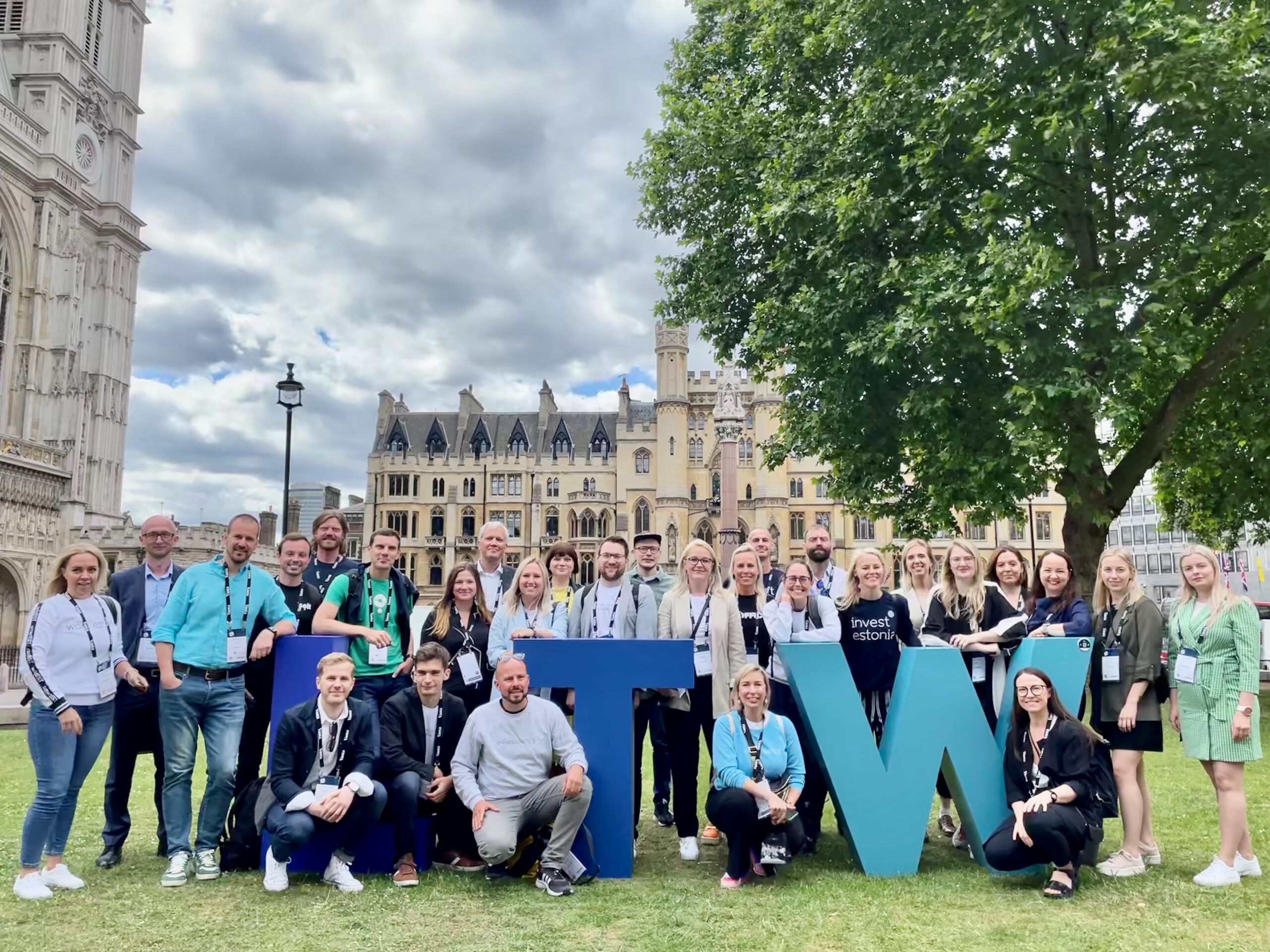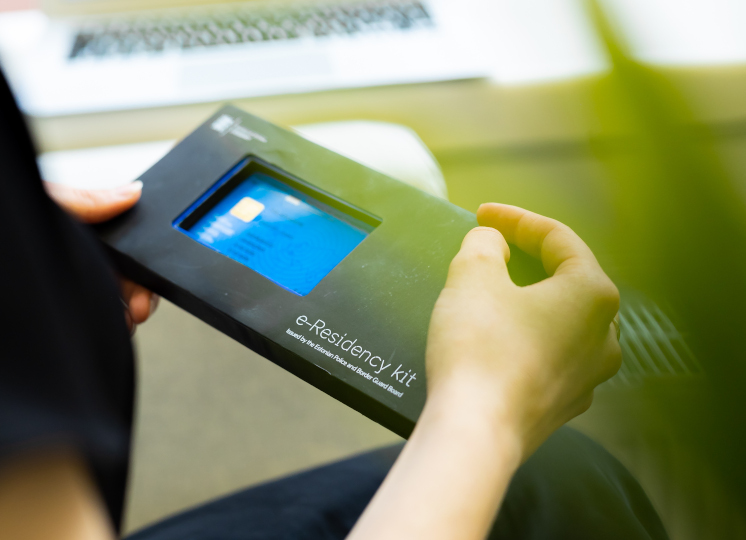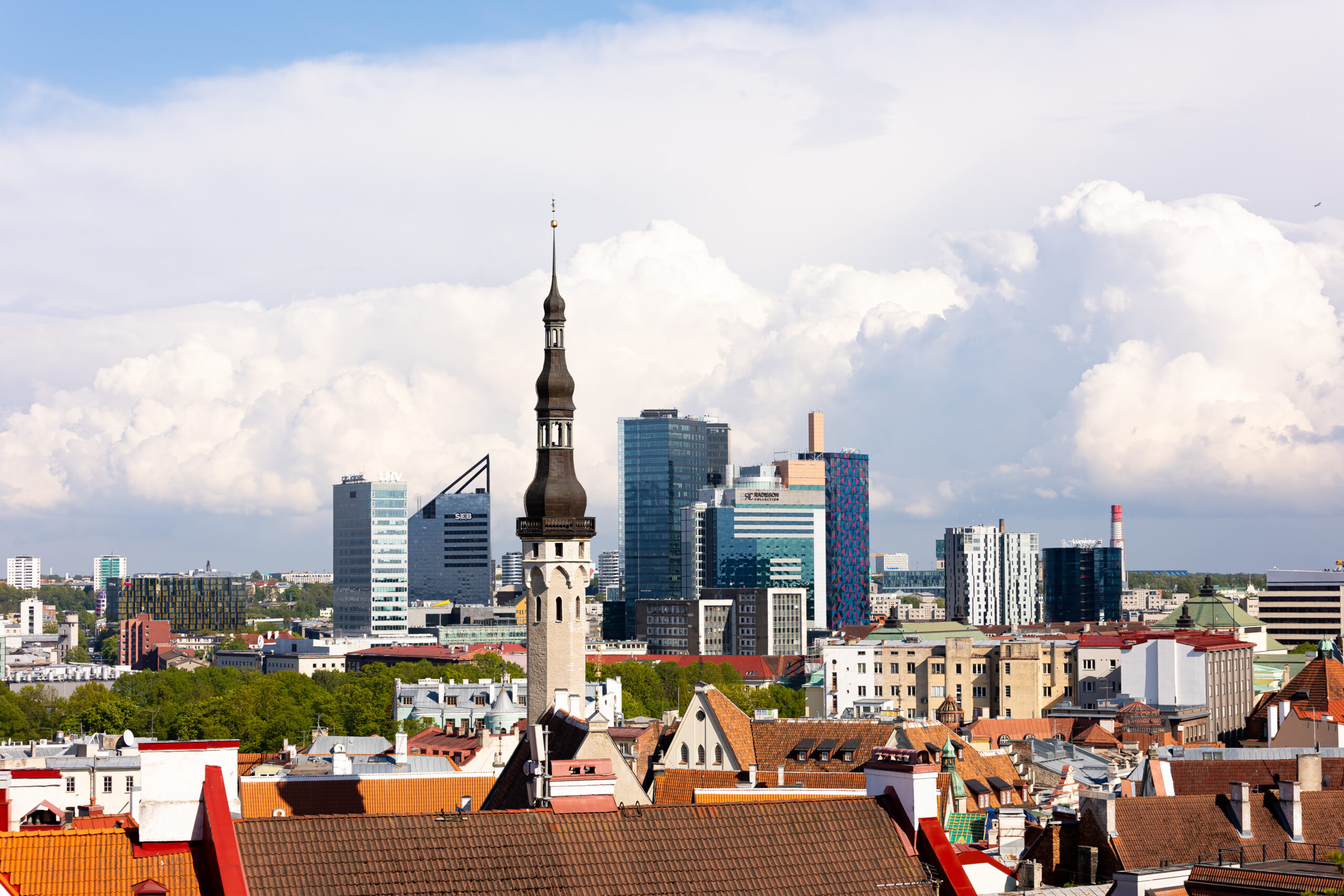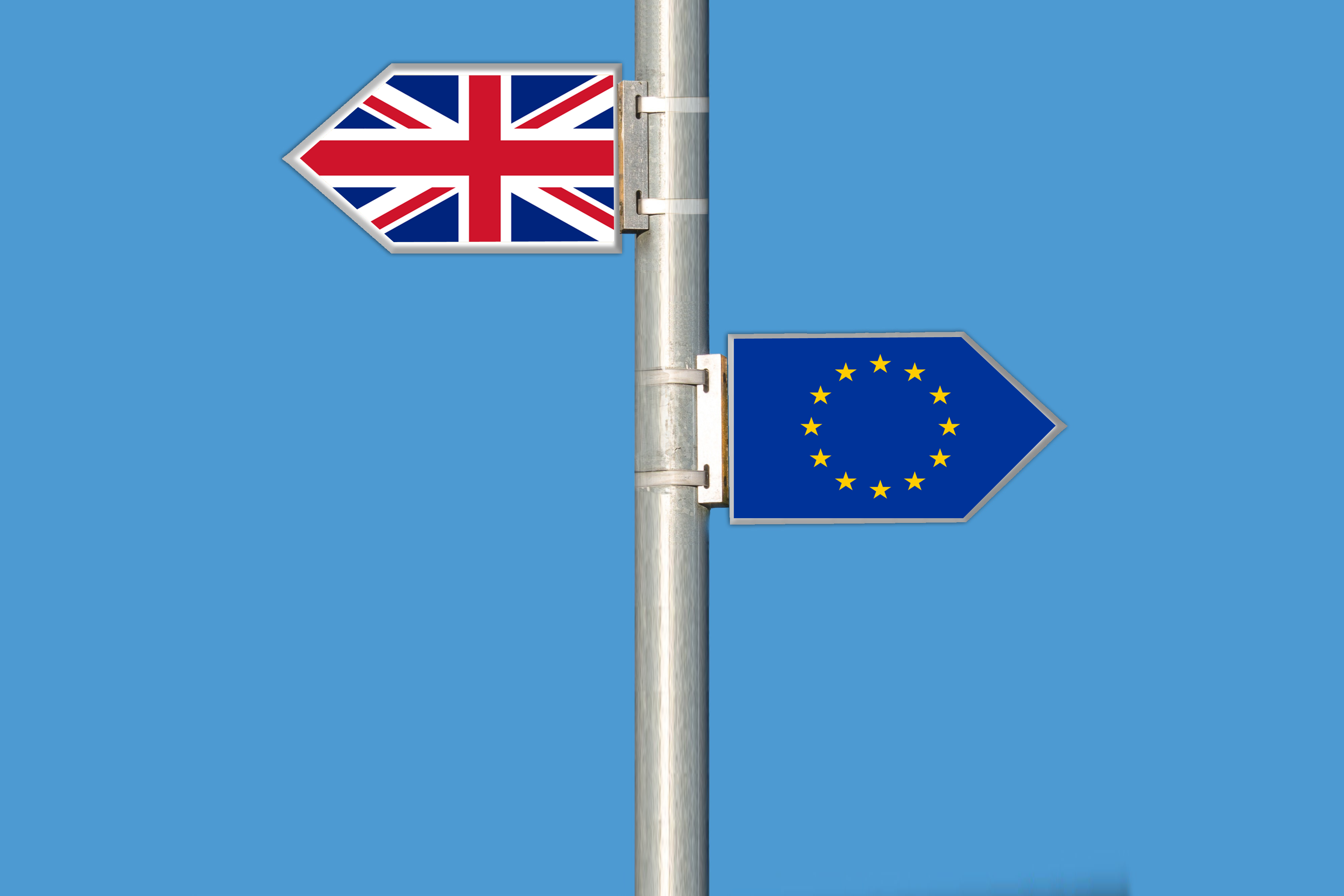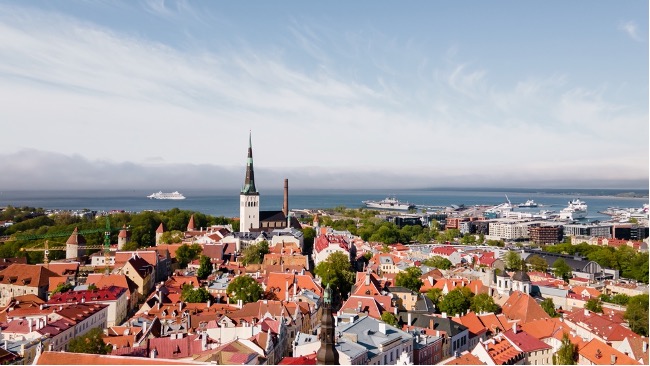In terms of digital public services, Estonia continues to be a strong leader and ranks first in the EU. In recent years, e-government users have steadily risen to account for 89% of all internet users in the nation. There are over 200 online services, the government runs 99% paperless, and more than half of the people vote online. Today we will give you a quick overview of Estonia's journey of becoming a digital leader.
Let's go back!
The Soviet Union era in Estonia certainly had an impact on our nation, setting us back decades. After regaining the independence in 1991, it still took almost another decade for us and our exhausted economy to start blossoming. The country had nothing to lose, so it began to take a modern path by investing in new technologies to improve both its competitiveness and the well-being of its citizens.
Technology and internet got to us only in the late 90s, and then we did not waste any more time. We saw the opportunity, recognised our strengths in this field and for the first time in history we were equipped to do something really meaningful and long-lasting for the entire nation.
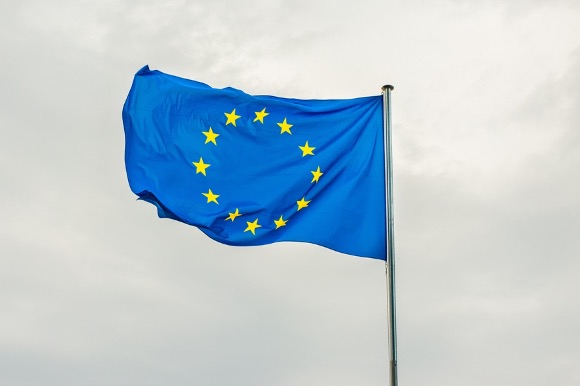
Estonia becoming a digital leader
Estonia was determined to escape from the shadows of Soviet Union and to become its own nation that people would recognise. In early 2000s, Estonia introduced the digital ID card to its population among other first online services. Estonia's government knew that technology and the Internet was the way forward and started giving out free resources to train and educate people on using them. If in the beginning of the new millennium only 29% of our population knew how to use computers, in 2016 the numbers had grown rapidly to over 90%. In 2004, Estonia joined NATO and European Union, which opened new opportunities for Estonia and gave people security.
In the meantime, e-Estonia skyrocketed and only improved its portfolio of e-services. Furthermore, civilians became only more educated in the field of coding and the first unicorns started to make moves. Amongst many were Skype, PlayTech, Pipedrive, Bolt (formerly Taxify), Wise, etc.

In 2014, Estonia launched its e-Residency program to the world, giving foreign people access to our online services. Since then we have been welcoming entrepreneurs across the world to start their EU company here. Due to dozens of different benefits the program provides, the e-resident numbers have grown astoundingly. The most recent statistics show there are over 100k e-residents in less than 10 years with +25k companies.
To make the lives of the current and future e-residents easier, in July 2020 Estonia introduced the digital nomad visa. This visa allows remote workers to stay in Estonia while working for companies registered abroad. Such workers traditionally faced a lot of uncertainty while working, often outside the bounds of the law. However, in conjunction with the e-Residency program, the visa is transforming how Estonia caters to people who wish to live and work in Estonia as either freelancers or remote workers for companies abroad.

Back in the day, Estonia sure made wise decisions and knew exactly how to make name for itself in the world of tech. The country catapulted from nothing into a leading digital nation in only 20 years. The change has been enormous in every aspect of the country. Moreover, the standard of living in Estonia is worlds apart of what it used to be.
If you are curious to find out more about Estonia and our history, we have some great news for you! There is a lot more about Estonia in Nomad Business Solutions' blog, go check it out here.

